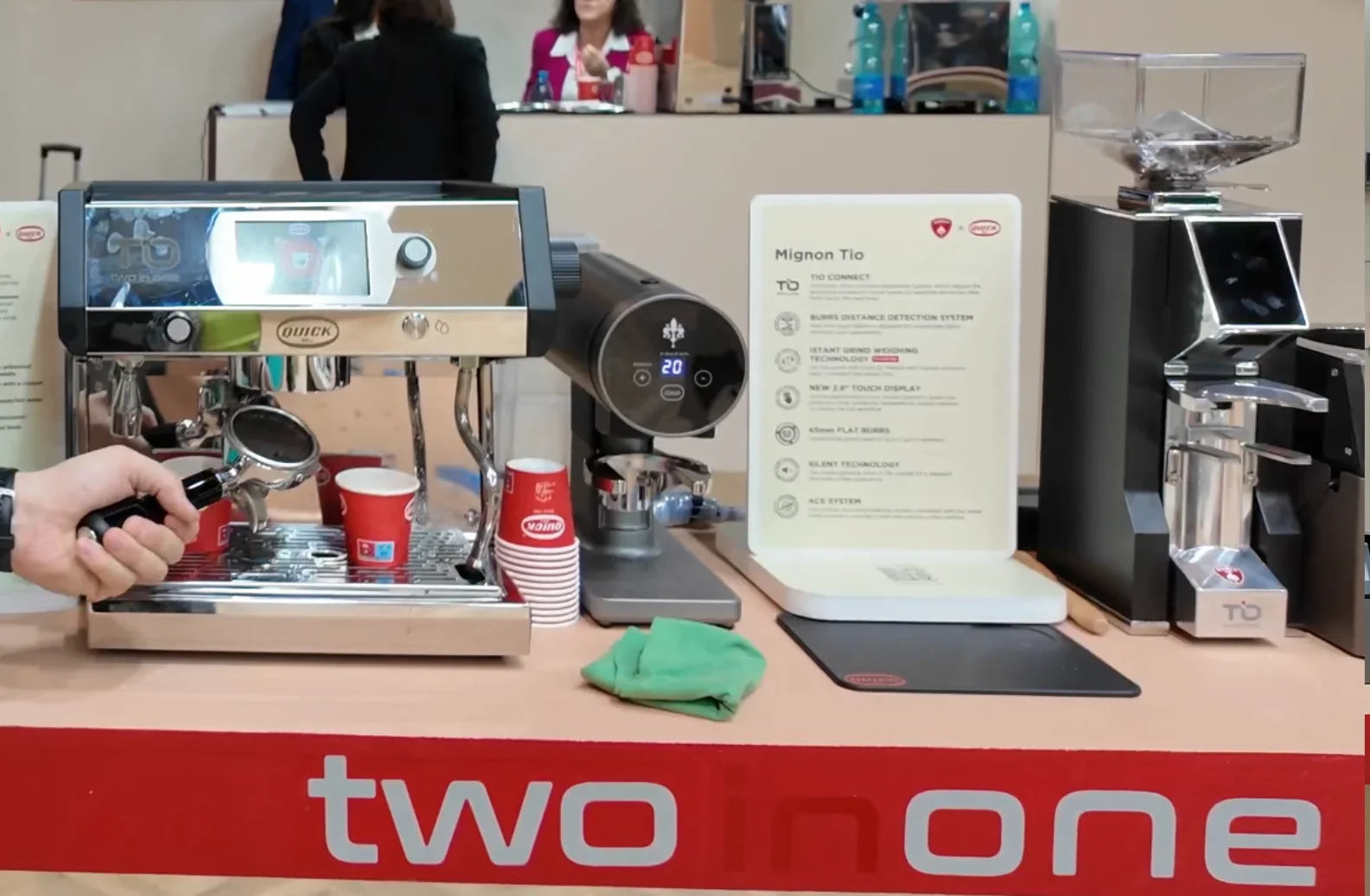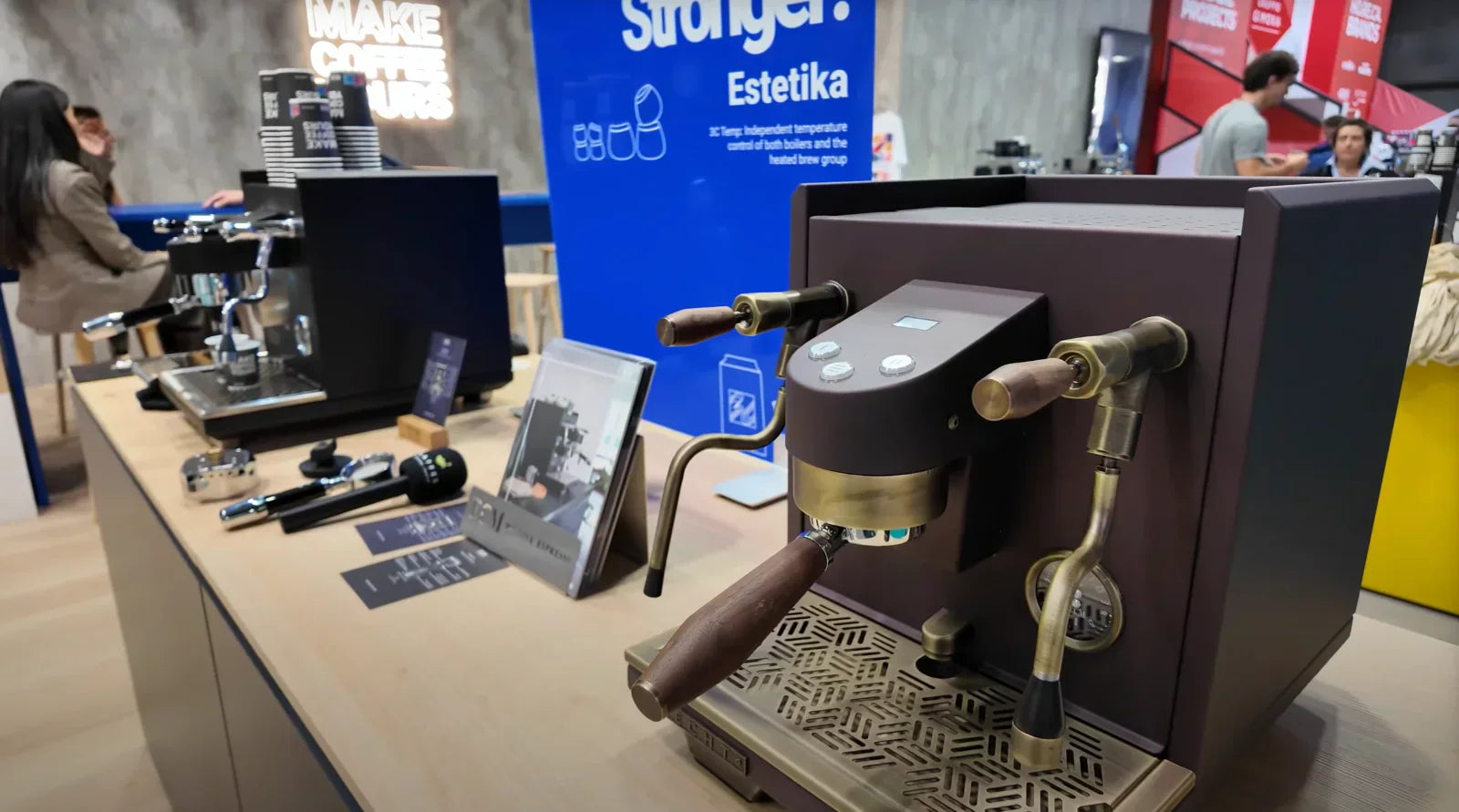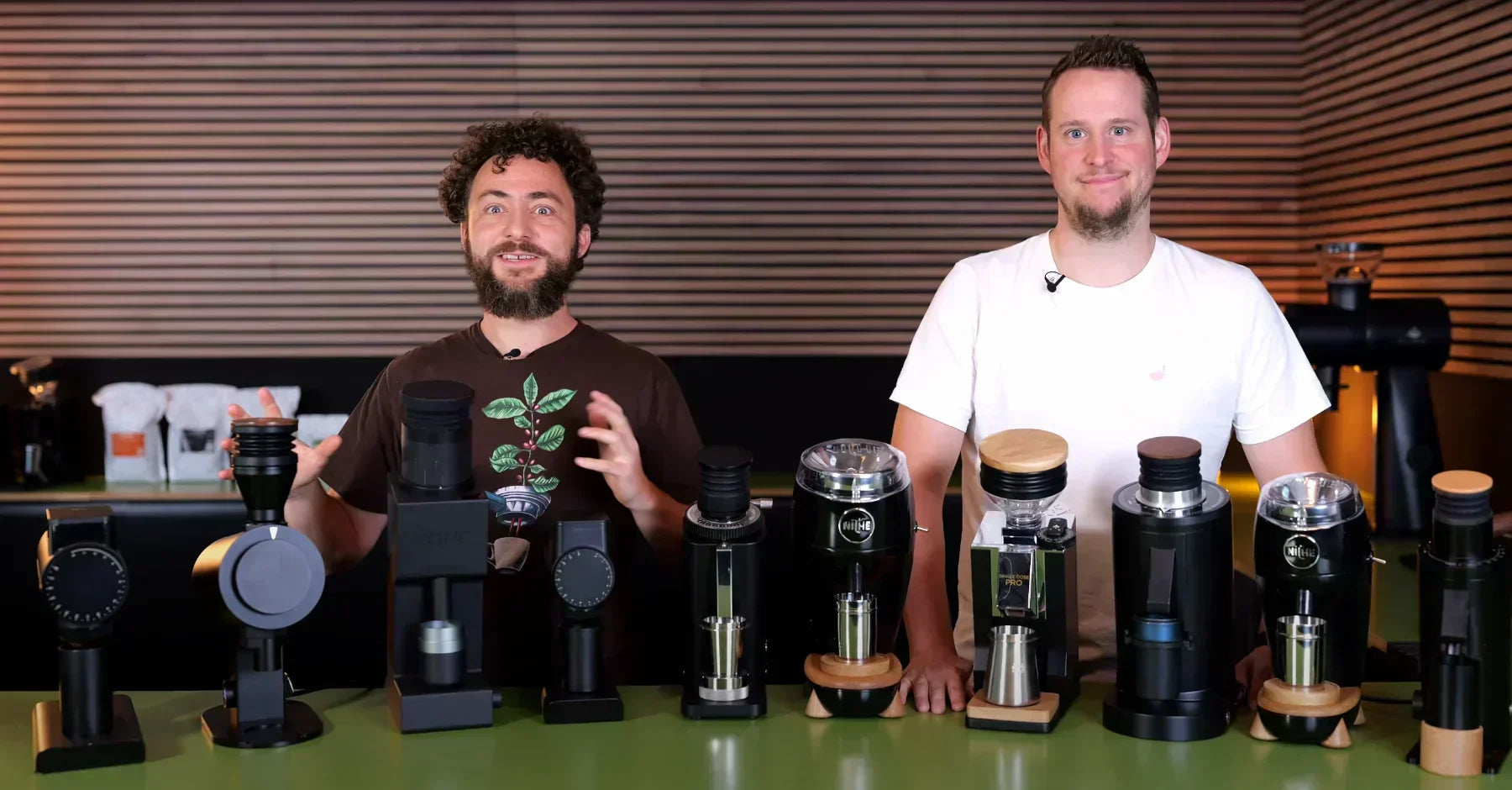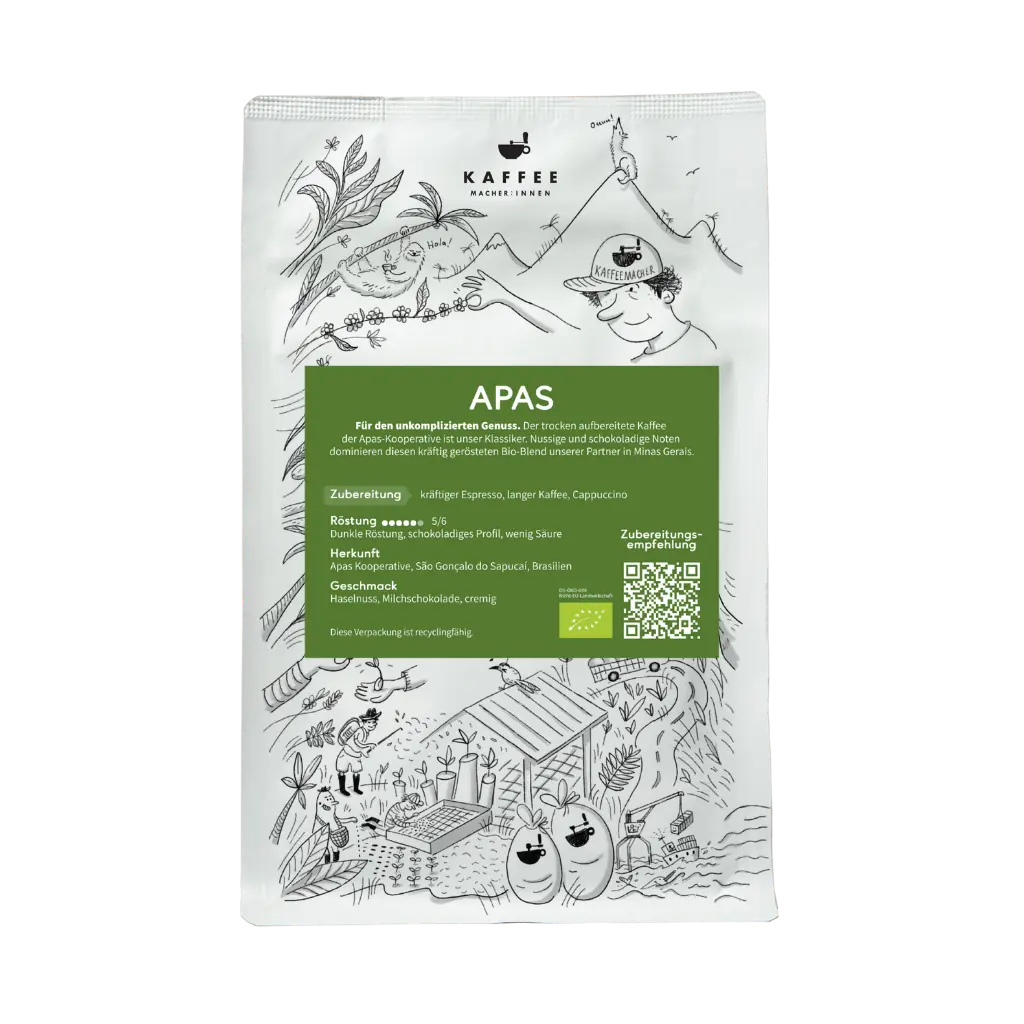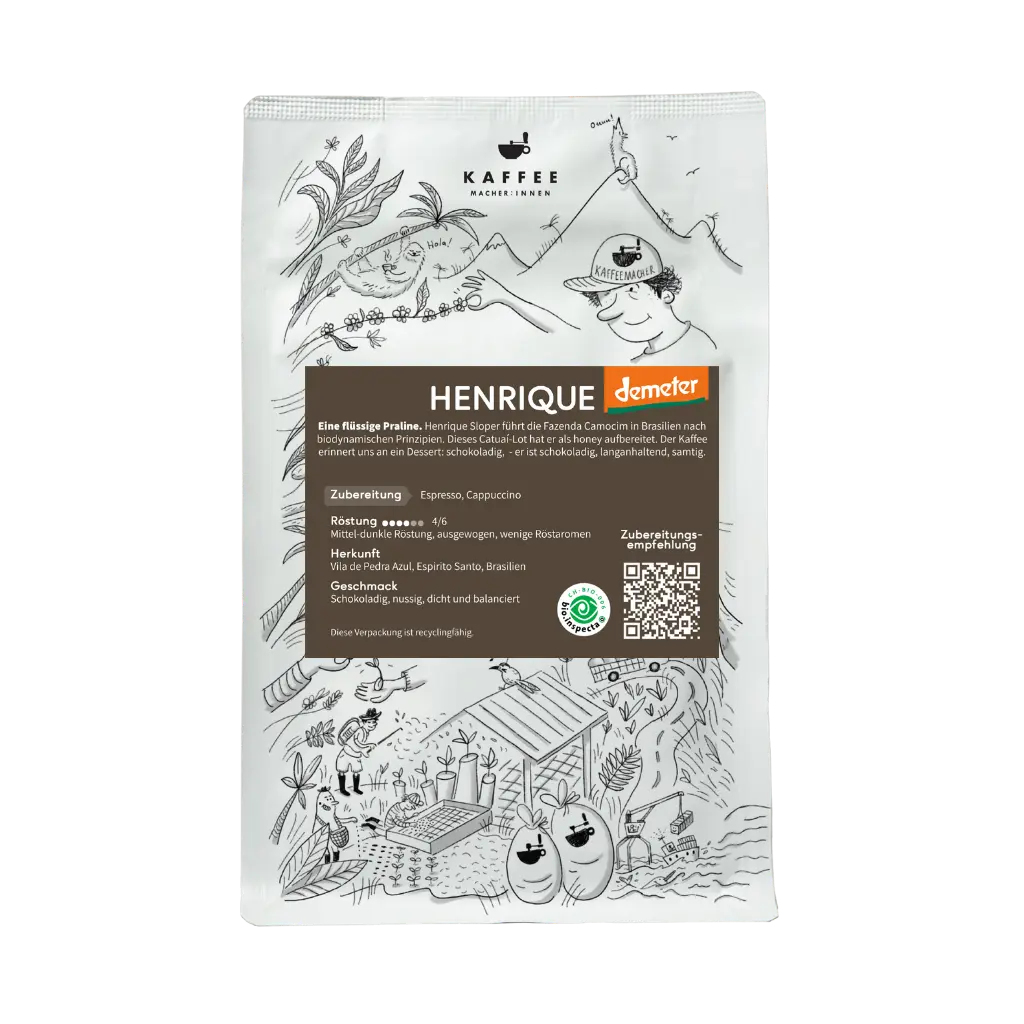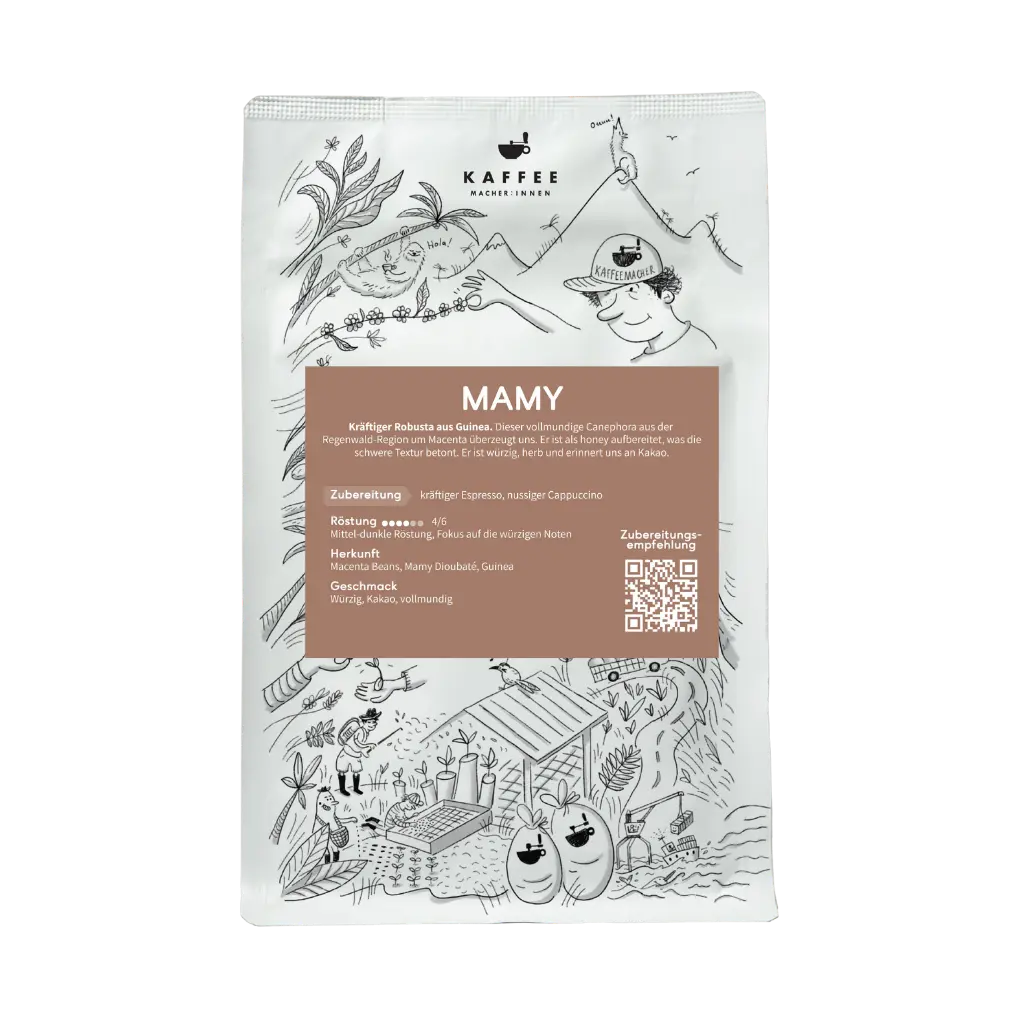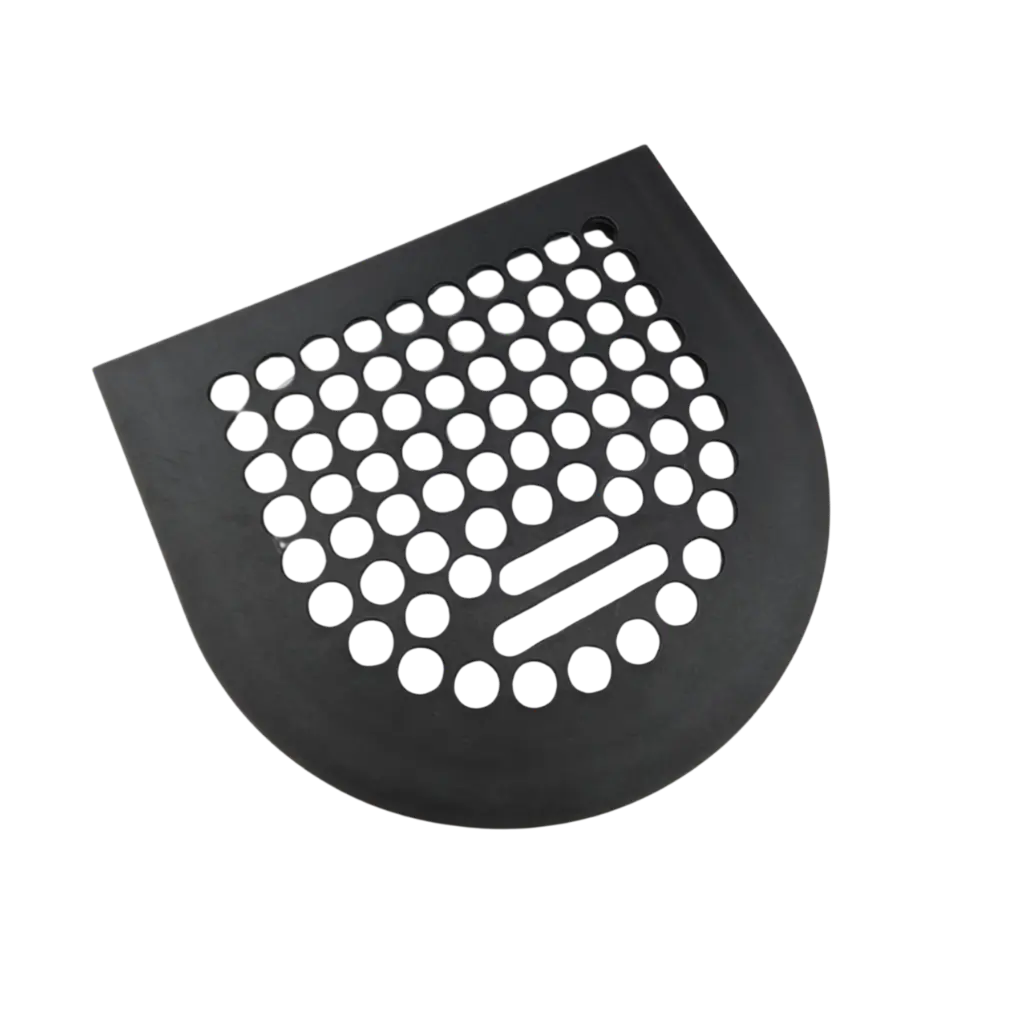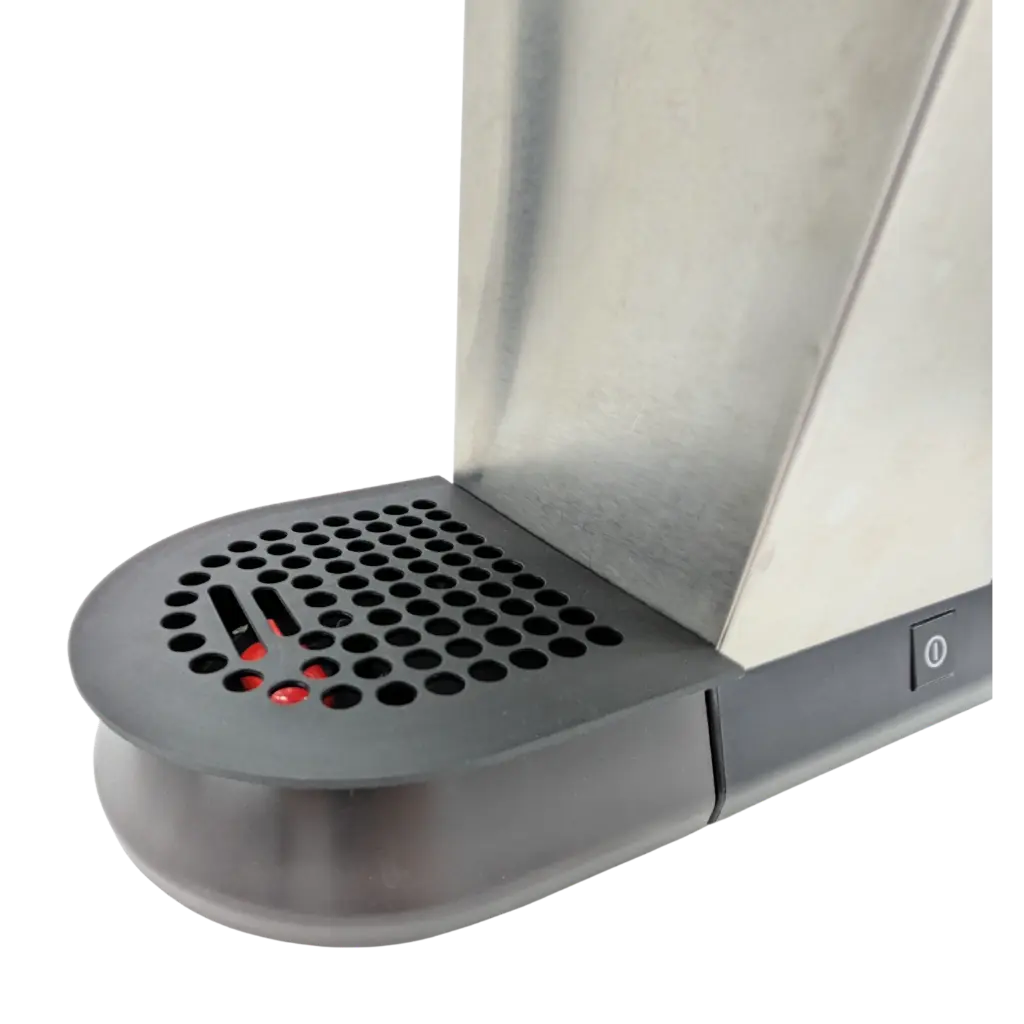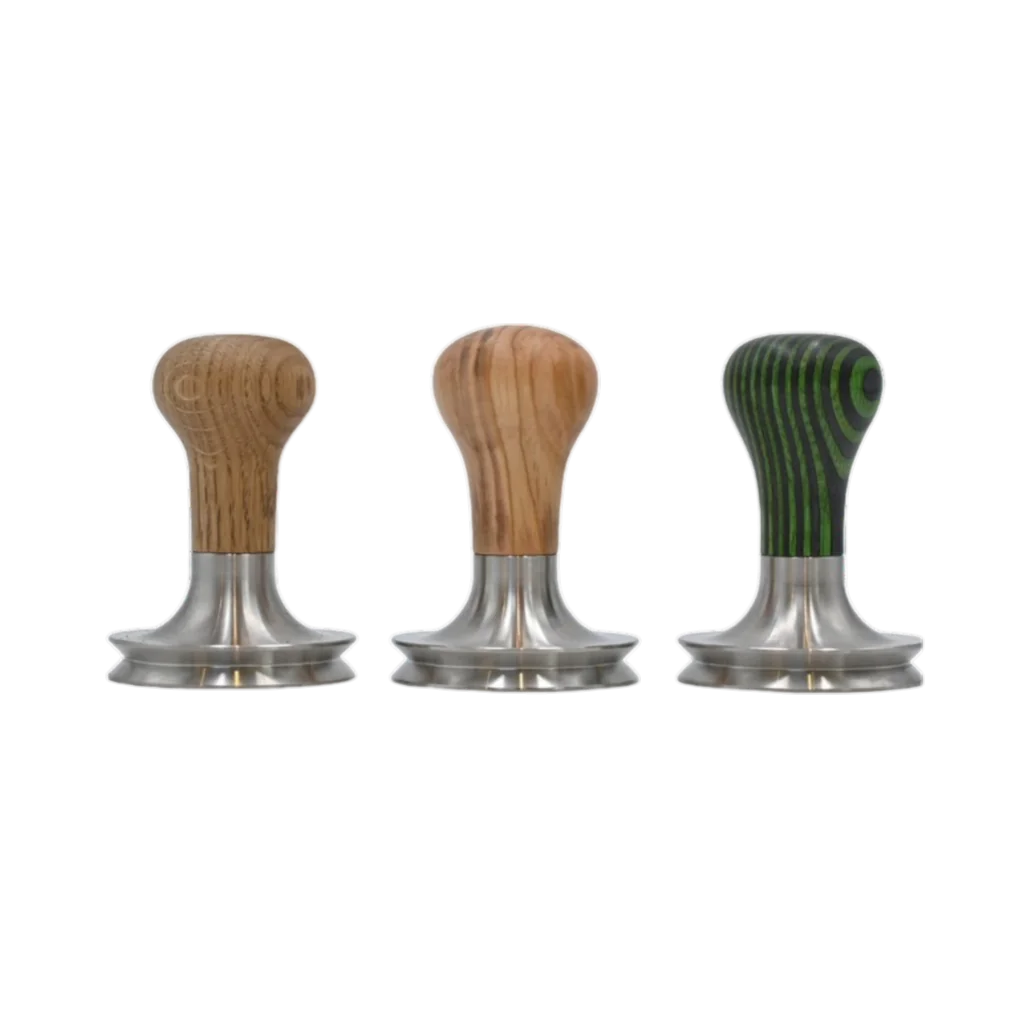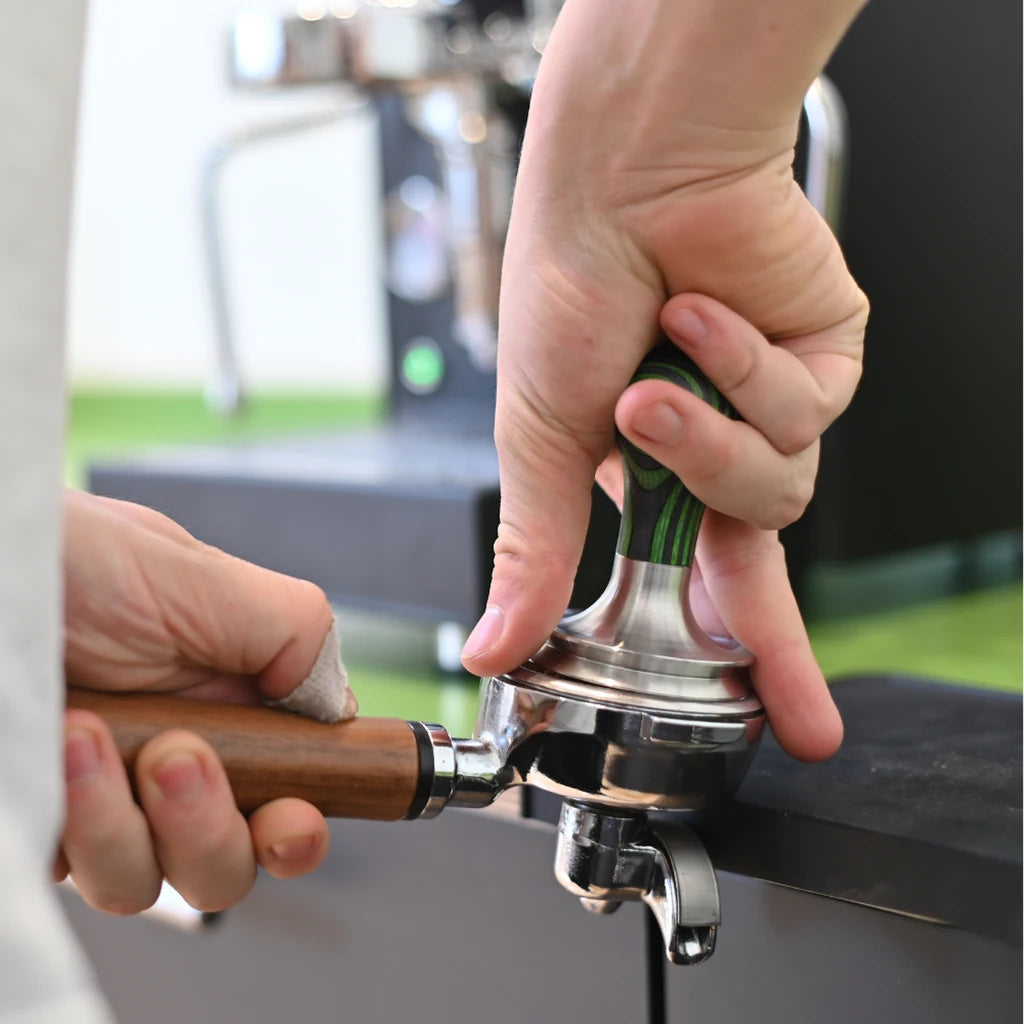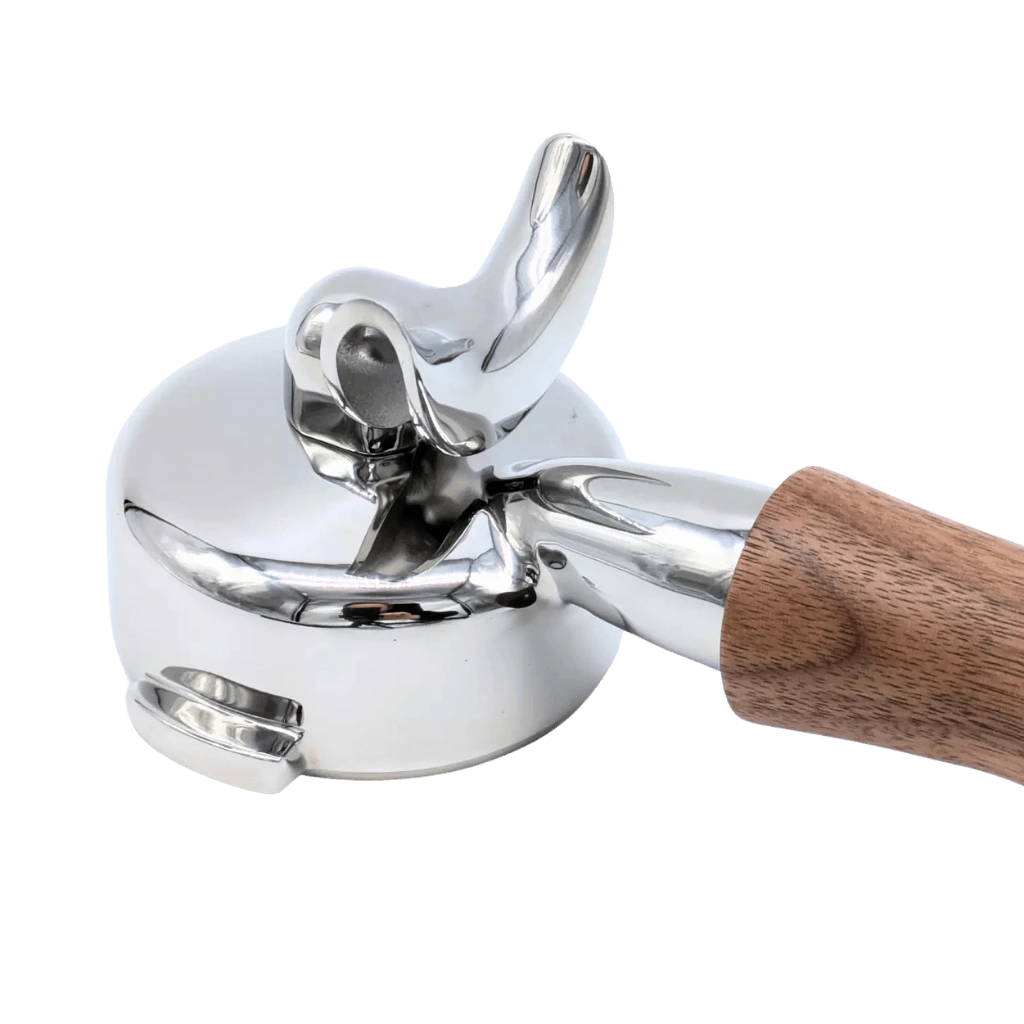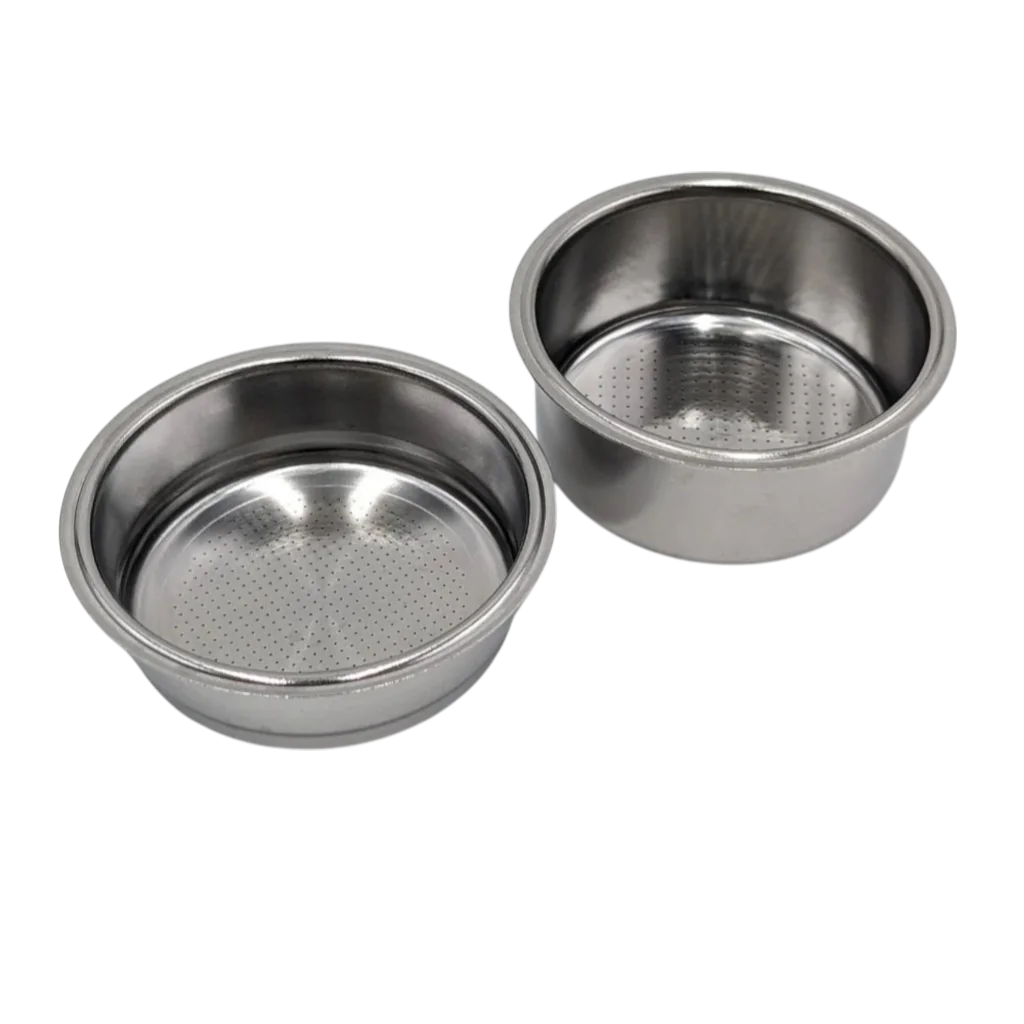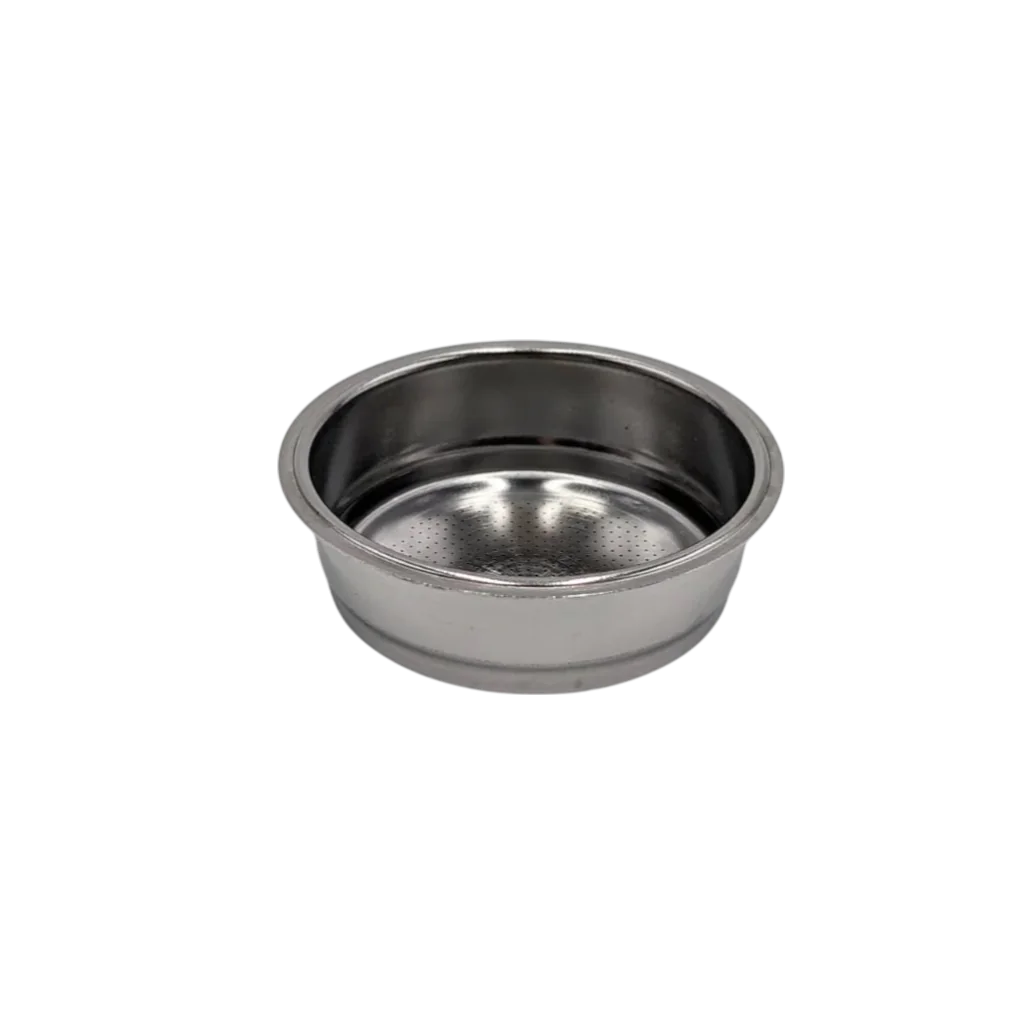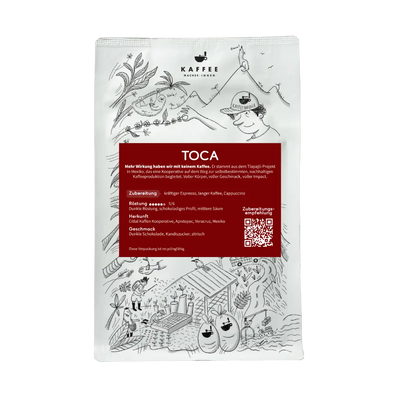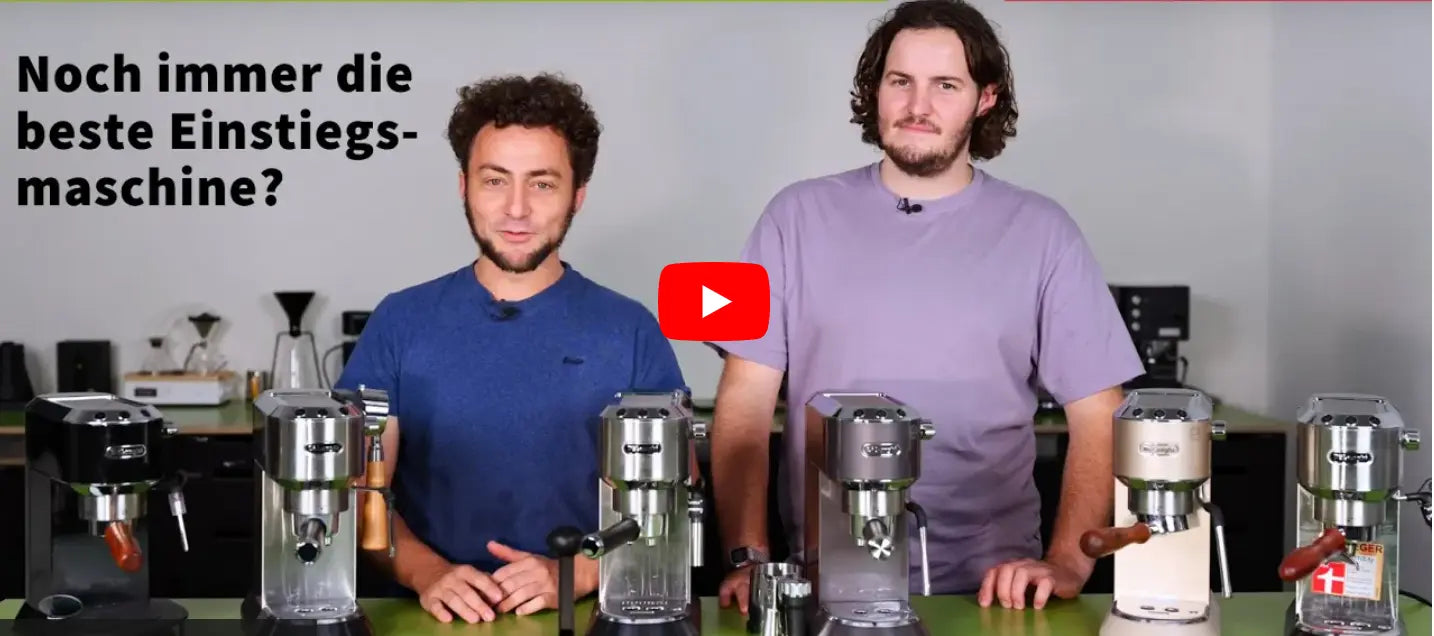The mocha pot is cult. She is an icon of the Italian lifestyle. Fast, rustic and delicious. It has been around since 1945 and can be found in almost every household somewhere, not only in Italy but throughout Europe.
In Italy it is often called Bialetti, after the inventor of the pot, or Caffeetiera. The term “espresso pot” is sometimes used in German, but it is misleading. You can't make espresso with the mocha pot, but you can make a very good tasting coffee drink.
We'll explain to you how we use the mocha pot and how you can make delicious coffee with Italian flair at home.
What you need:
You don't need much to prepare it:
- A Moka pot (we use different spellings in this post) that you know how much water fits in it
- A stovetop or a gas cooker (you need an adapter for induction plates, as the pots are usually made of aluminum)
- 11 grams of coffee per 100 grams of water
- Soft water
- A scale
- A rag
- A kitchen thermometer
- A spoon
How much coffee for which moka pot?
Our recommendations are based on the recipe of the Italian Moka pot master Lorenzo Baffi. To do this, use a kitchen scale to test how many grams of ground coffee fits into the sieve of your Moka pot. Our jug can be filled with 33 grams.
The basic recipe is: 11 grams of powder for 100 grams of water. In our case we make triple the recipe with 33 grams of coffee powder and therefore 300 grams of water. Make sure that the water level ends below the small pressure relief valve. This means the coffee tastes better and preparation is quicker.
Which water?
As with all types of coffee, we recommend using soft water, which dissolves the coffee particles better. You can filter the water yourself with a table filter or use purchased mineral water, such as from Lauretana.
For normal preparation you should use cold water.
Which coffee?
Since coffee powder reacts very quickly with the oxygen in the air, you should avoid buying pre-ground coffee if possible. This has already lost a lot of its aroma due to grinding and long storage. It's best to grind the coffee beans fresh. The grinding level should be chosen to be coarser than for espresso but finer than for classic filter coffee. For the nerds among you: aim for a particle size of 400-450 microns.
You can use both espresso beans and filter coffee with the Moka pot. However, we recommend using filter coffee, as the number of dissolved coffee particles in the finished drink is much closer to filter coffee than to espresso. In short, it simply tastes better with filter coffee. Of course, ideally you should buy the beans from a local roasting company or a mail order company you trust.
From our range we recommend the Flhor , Café Crème from Honduras.
The ground coffee must under no circumstances be compacted or tamped. It should lie loosely in the coffee sieve and be well distributed.
On the record, ready, go!
Now place the filled pot on the stovetop. You turn the plate up to full speed and lift the lid. Depending on the stovetop, you may need 4-5 minutes of patience. You can insert the kitchen thermometer into the opening of the pot at the top to be informed about the temperature in the pot.
The first coffee comes out of the pot at around 50°C, but you leave the pot still on the plate. When the temperature reaches 85°C, take the pot off the stove immediately. The residual heat is now sufficient to end the extraction. If you leave the pot on the stove, you run the risk of burning the coffee due to the high temperature. This results in a very bitter taste in the cup.
Once the extraction is finished, stir the pot once with a spoon. This way you distribute all phases of the extraction in the pot and get a full-bodied mixture in both cups.
The special case: espresso beans for the moka pot
If you decide to use espresso beans instead of filter coffee, we recommend a different preparation:
Before assembling the machine, heat the water separately in a kettle as hot as it can get. Only then pour it into the Moka pot and close it (with a cloth!). The preheated water reduces the extraction time from 5 to 2 minutes and fewer unpleasant-tasting bitter substances are extracted from the espresso powder.
Here we would recommend our Henrique, Espresso .
With this method you won't get a real espresso, but it does give you the opportunity to expand your coffee selection even more and experiment a little.
The cleaning
Old coffee residues in the Moka pot lead to unpleasant tastes in your cup. No matter how freshly ground your coffee is, if there is still coffee from three weeks ago in the sieve of the pot, the coffee will still not taste delicious.
That's why you should clean the pot very thoroughly. Ideally after each preparation. You can use a sharp object to remove the sealing rubber and then also take out the sieve. Then clean everything by hand, because the aluminum jug breaks in the dishwasher. Even though some nonnas may swear by the patina of their moka pot, stay clean and clean your pot!
Conclusion:
Anyone who tries to imitate filter coffee with a moka pot will fail. Anyone who tries to brew an espresso with it will go crazy. The Moka pot is a completely separate segment of coffee preparation. The final drink is a longer, medium-strength coffee drink with around 2.5% starch or dissolved coffee particles. It's neither filter coffee nor espresso, but rather coffee from a moka pot.
That's why you should enjoy the inherent charm of the pot and its taste instead of choosing another coffee drink! Because one thing is certain, the silver jug is and remains a delicious cult!
